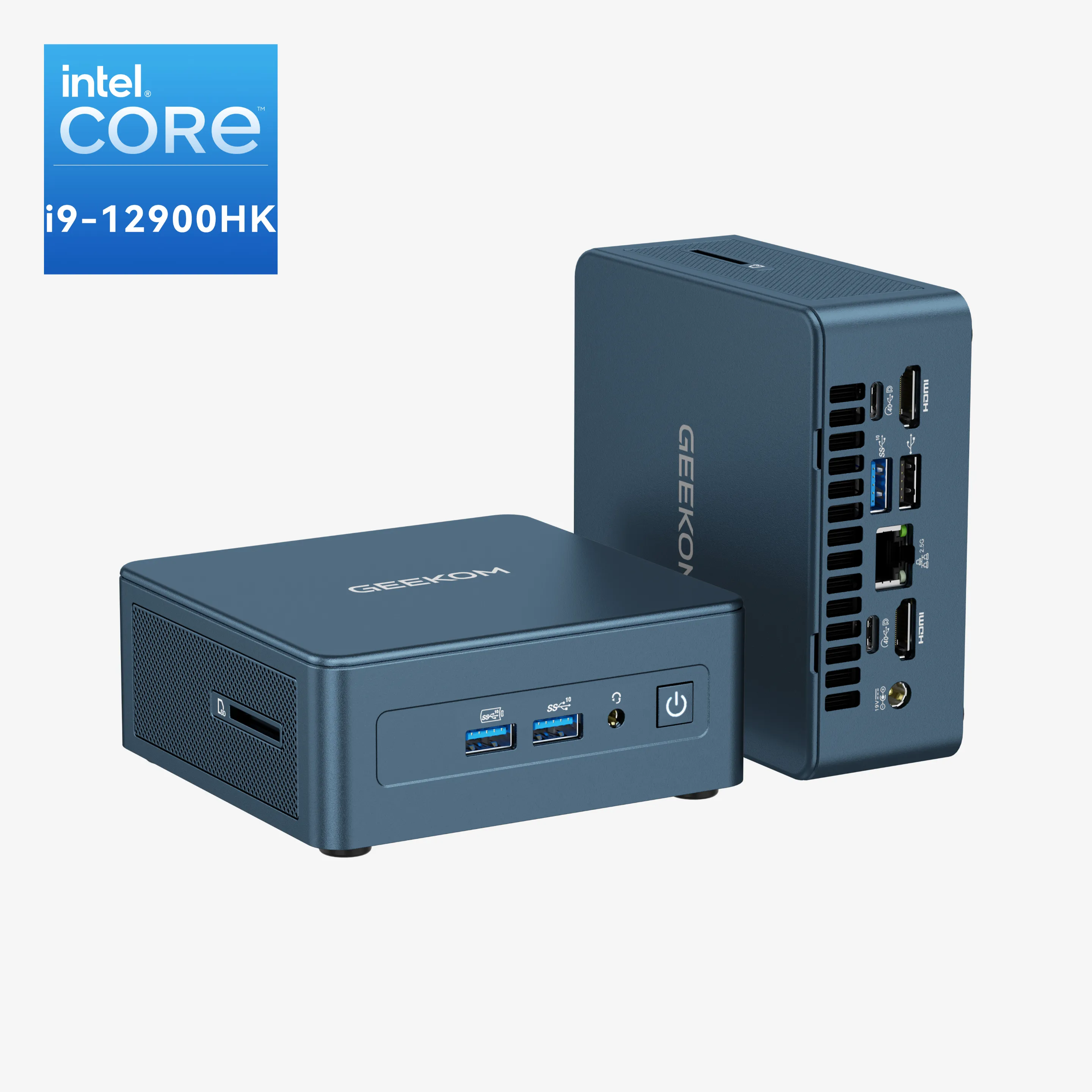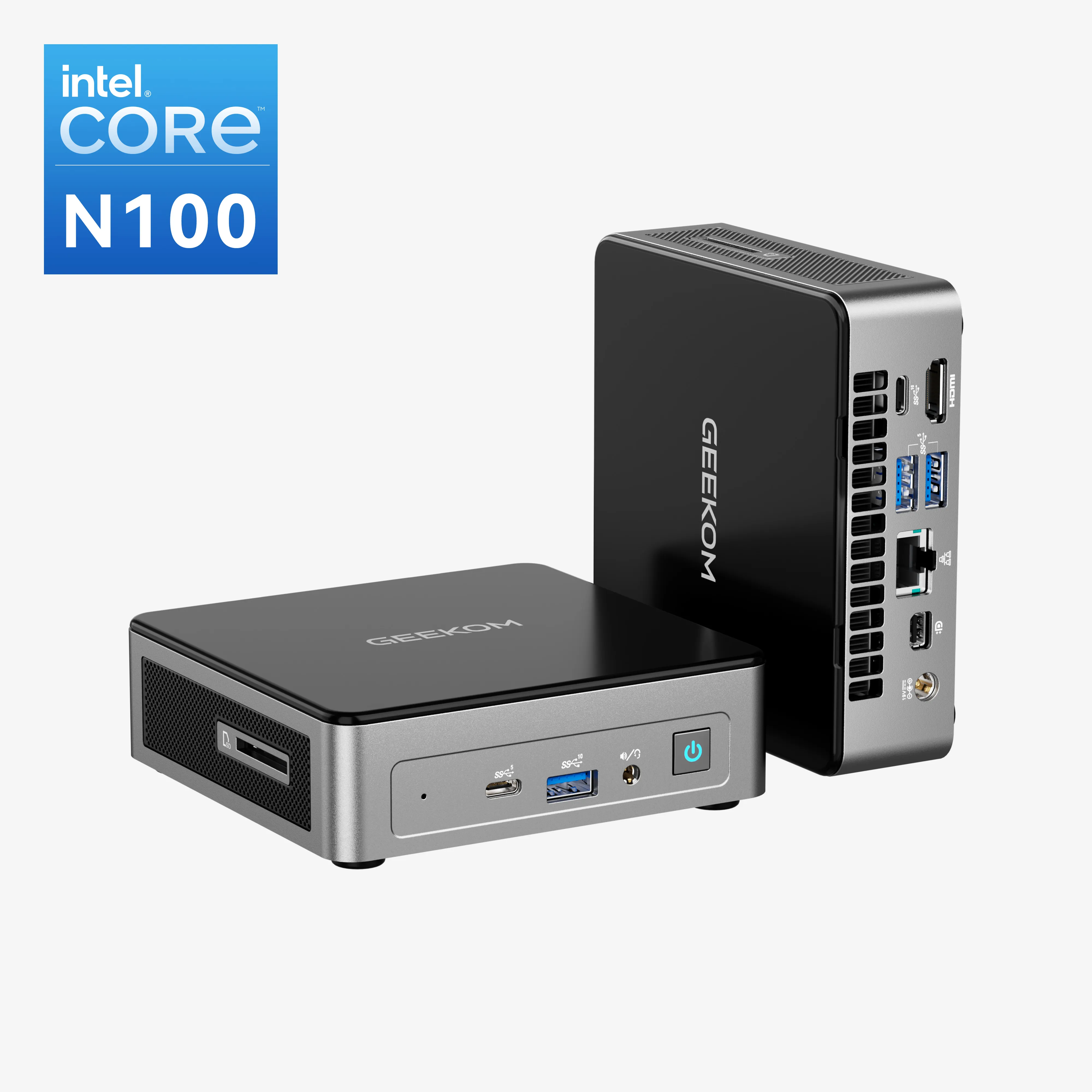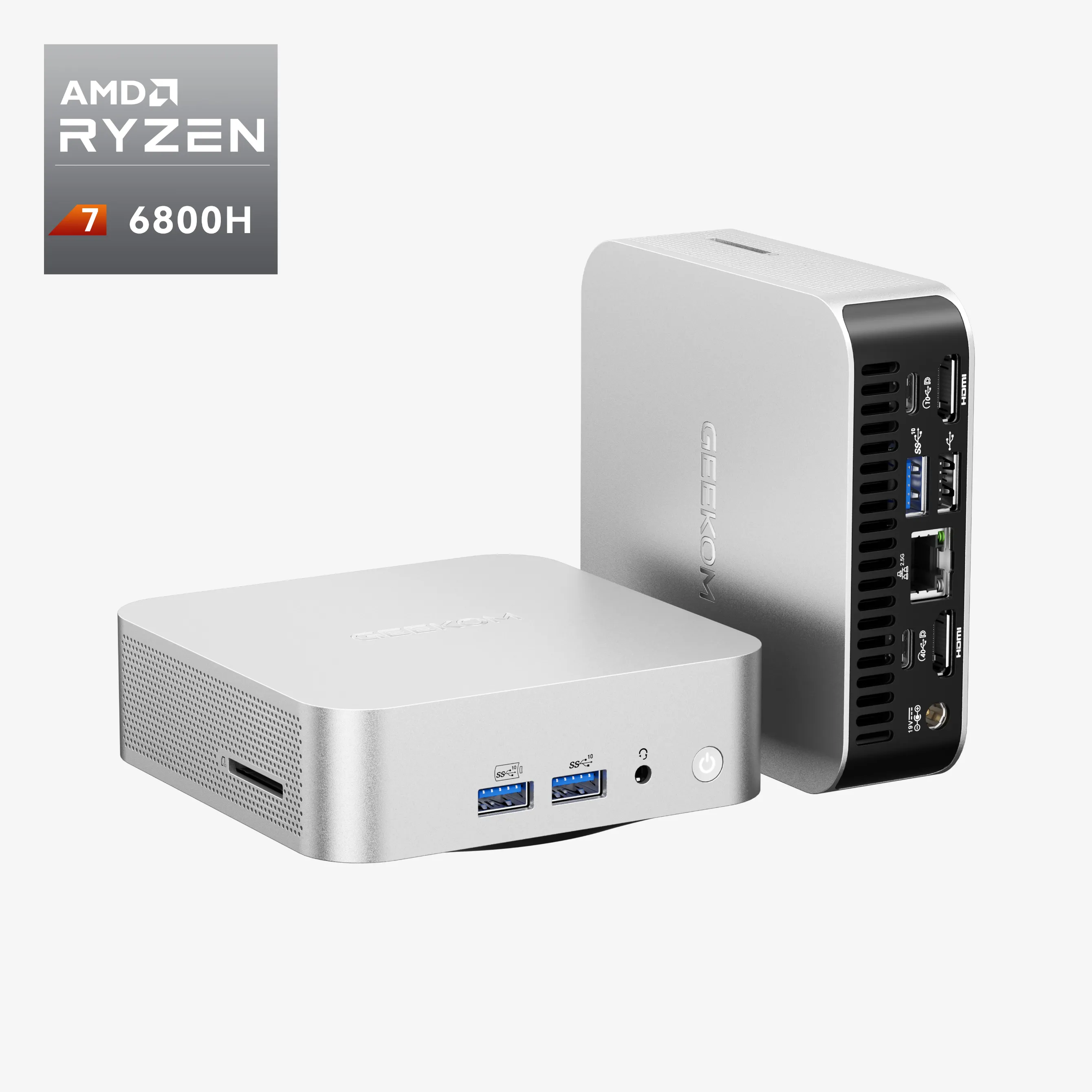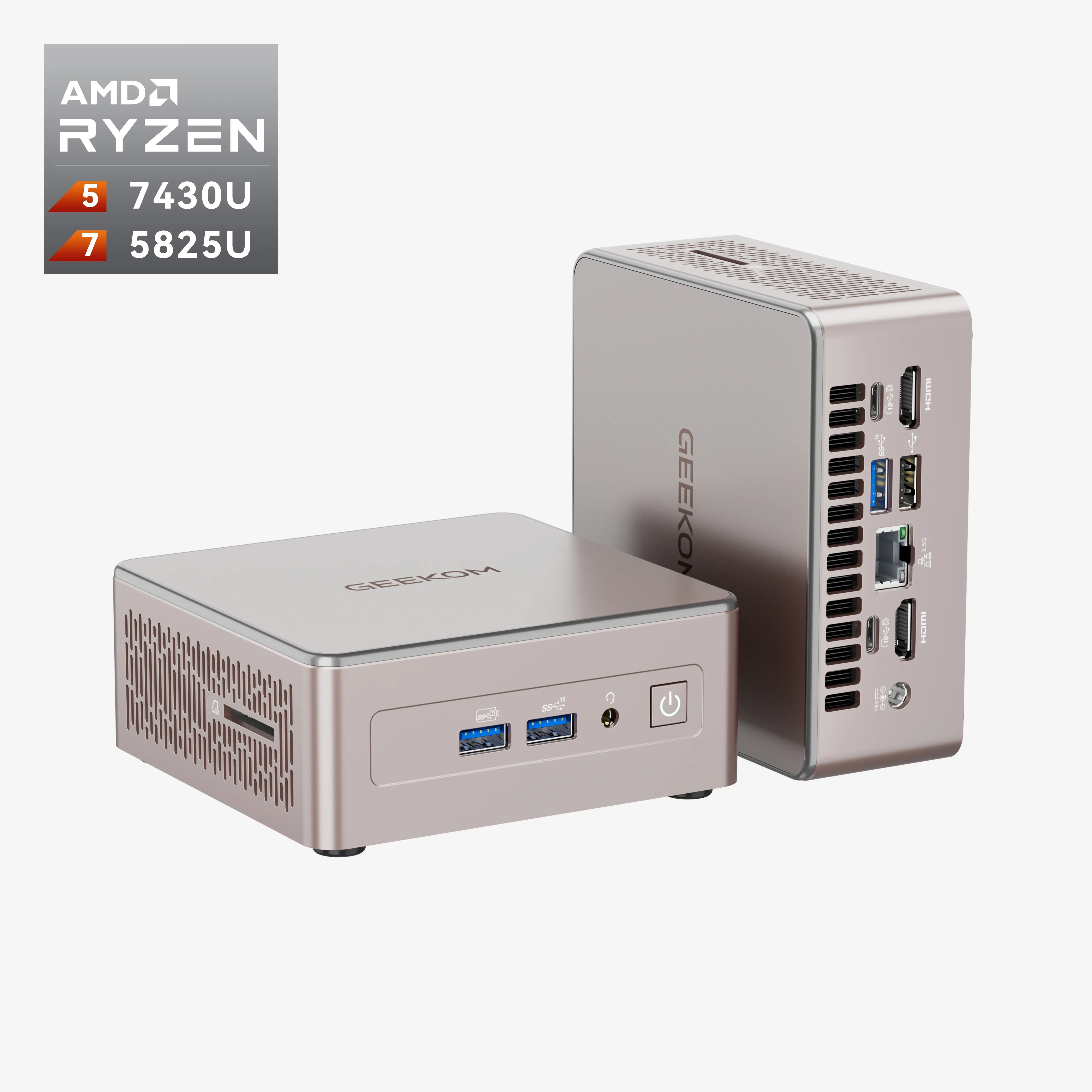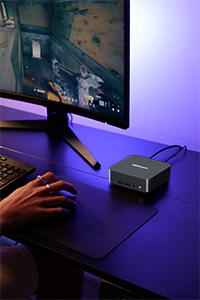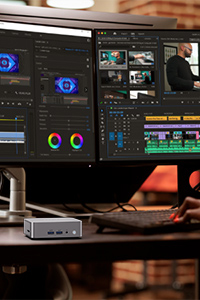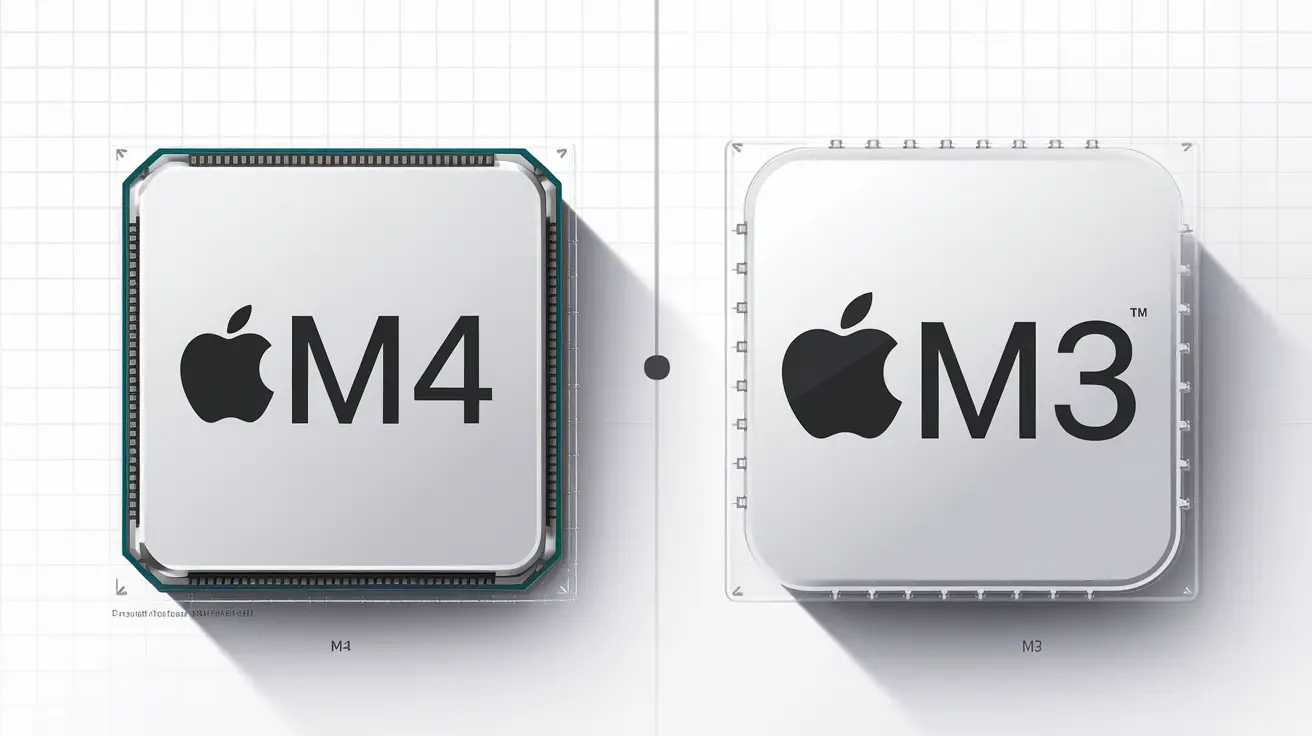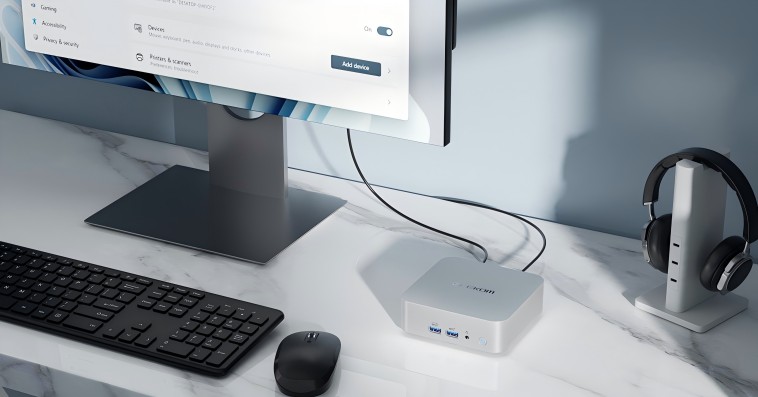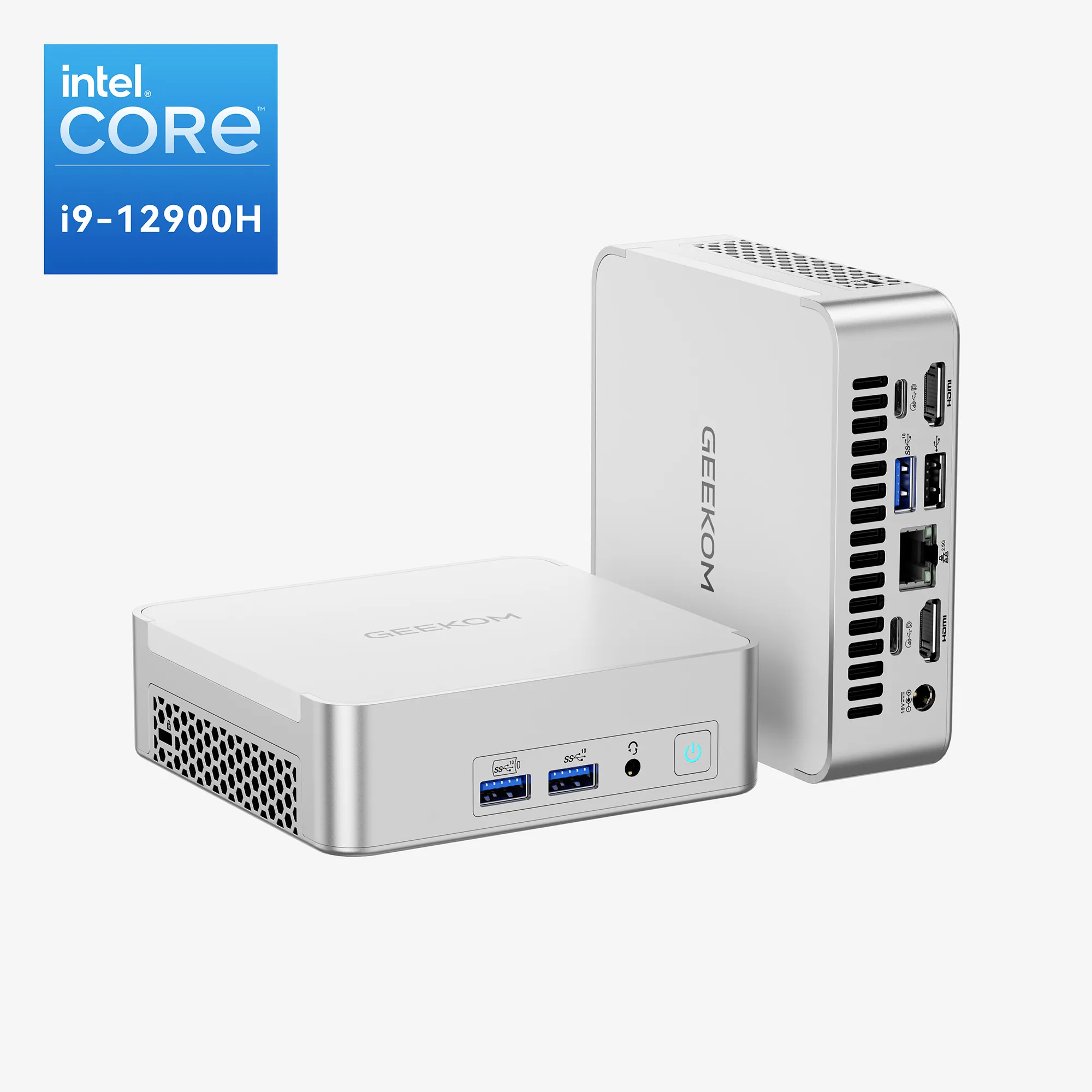Introduction
One year and one month after its M3 chip was launched in the market in October 2023, an upgraded version called the M4 CPU was introduced in the market in November 2024. Built on the 3nm technology, the M4 marks a significant leap in Apple’s silicon journey as compared to the previous generations as the number of transistors has gone up from 25 billion to around 28 billion.
These improvements have already been supported by the initial benchmark results, the M4 performance improvement ranging from 15% to 30% with various test suites. These changes are in part due to the architecture improving memory bandwidth, increasing clocks of GPU, and enhancing core configuration keeping power concerns intact.
What Is The Difference Between M3 And M4 Chip?
CPU Core Configuration
| Feature | M4 | M3 |
| Performance Cores | 4 cores @ 4.4 GHz | 4 cores @ 4.0 GHz |
| Efficiency Cores | 6 cores @ 2.6 GHz | 4 cores @ 2.7 GHz |
| Total Cores | 10 | 8 |
| Transistors | ~28B | ~25B |
| Process Node | 3nm | 3nm |
| TDP | 22W | 20W |
Memory Architecture
| Feature | M4 | M3 |
| Memory Type | LPDDR5X-7500 | LPDDR5-6400 |
| Channels | Quad-channel | Dual-channel |
| Max Capacity | 32GB | 24GB |
| Bandwidth | 120 GB/s | 102 GB/s |
| L1 Cache | 192K (per core) | 192K (per core) |
| L2 Cache | 16MB (shared) | 16MB (shared) |
The M3 to M4 progression has the aim of striking a strategic equilibrium between escalating efficiency and overpowering performance. Among many, but the most important design determinants change in two major contexts.
The first change can be spotted with the configuration of the CPU as it shows a larger number of cores for better parallel processing. Apple has managed to keep the same number of performance cores but has generously added 50% more efficiency cores for a total of 10 cores. It is worth noting that the performance cores make progress of roughly 10% in terms of clock rates, whereas the efficiency cores operate at lower clocks, which are tuned for power saving reasons.
The second change is directly associated with the memory subsystem. To be more precise, the new design employs LPDDR5X DRAM with quad channels that are capable of providing much more bandwidth, otherwise reaching 17%, as well as supporting greater memory capacity. The situation is not as bad for other users, seeing that quad-channel LPDDR5X-enhanced memory will significantly improve configurations.
Both the variants use the same 3nm architecture—that is the most advanced among all the chipsets—but the higher transistor density of M4 indicates a more complicated structure, including additional functionalities produced with the same technology.
Apple M4 Vs M3 Performance Analysis
| Benchmark Test | M4 | M3 | Improvement |
| Geekbench 6 Single-Core | 3849 | 3009 | +28% |
| Geekbench 6 Multi-Core | 15100 | 11815 | +28% |
| Cinebench R23 Single | 2102 | 1904 | +10% |
| Cinebench R23 Multi | 12124 | 10454 | +16% |
Synthetic Benchmarks
While these numbers might seem abstract, let’s put them into perspective. A 28% increase in Geekbench 6 scores is a substantial gain for normal operations. Think about having numerous apps open at once, compared to a current M3 computer that might need seconds to open up your favourite video-editing program, the M4 does this considerably quicker. This is quite commendable progress given that it has been achieved within just one year.
In real terms, the Cinebench R23 results represent significant advantages for those who work creatively; these include a 10% enhancement on single-core and a 16% improvement on multi-core processors. For instance, if you used to take 10 minutes to render scenes using 3D rendering tools like Blender or Cinema 4D in M3 PC, now those times can be cut down to about 8 minutes and 30 seconds in M4 PC – saving substantial amounts of time when processing big projects.
Is the M4 better than the M3?
| Task | M4 | M3 | Improvement |
| File Compression | 1500 MB/s | 1260 MB/s | +19% |
| Clang Compilation | 118.3 Klines/s | 94.7 Klines/s | +25% |
| HTML 5 Browser | 335.8 pages/sec | 264.5 pages/sec | +27% |
| PDF Renderer | 396.3 Mpixels/sec | 313.9 Mpixels/sec | +26% |
| Ray Tracing | 17.8 Mpixels/sec | 12.9 Mpixels/sec | +38% |
With its architectural advancements, it is undeniable that M4’s performance can be felt in real-world scenarios. Approximately, it experienced enhanced file compression speeds by 19% while at the same time, there was some 25% increase for code compilation purposes which seems to be bringing out this reality. All these improvements, on the other hand, might be due to the optimal core count efficiency increase and the phenomenal memory bandwidth boost.
M4 improvements make for enhanced everyday task performance, including web browsing and PDF rendering which have seen increments from 19% up to 38%.
These improvements are particularly meaningful for:
- Content Creators: Faster video encoding and image processing
- Software Developers: More efficient compilation and testing cycles
- Business Professionals: Improved multitasking with resource-intensive applications
- Students: Better handling of multiple research papers and educational software
These consistent gains across different workloads indicate that Apple has achieved a well-balanced enhancement of the entire system.
Graphics Capabilities
| GPU Specs | M4 | M3 |
| Base Clock | 500 MHz | 500 MHz |
| Boost Clock | 1800 MHz | 1600 MHz |
| Shading Units | 1280 | 1280 |
| TMUs | 80 | 80 |
| ROPs | 40 | 40 |
| TGP | 18W | 15W |
| Compute Power | 4.6 TFLOPS | 4.1 TFLOPS |
GPU Architecture Evolution
The M4’s GPU architecture has kept the core building blocks of its predecessor but has brought about significant improvements in critical areas. Notable among these changes is the boost clock speed increment from 1600MHz to 1800MHz, and this is critical for everyday use. While editing videos using Final Cut Pro, users will notice a change in timeline scrubbing and export speeds that are faster as opposed to when working on 4K footage; for photographers, it means more interactive filters in Photoshop and hastening in processing huge RAW image files.
Though the computing capacity has increased slightly from 4.1 to 4.6 TFLOPS, the rise in power is quite noticeable. Presently made -developing games run with improved frame rates due to better performance levels, especially in high-graphically-demanding titles. If 3D modelling software or CAD software is being used by a professional individual, the higher performance of the M4 shall be felt immediately, since they will be able to work on complex visual effects much more easily, thereby smoothing their workflow.
Memory and Graphics Integration
The advanced memory system within the M4 is a great breakthrough for graphics-based workloads. Upgrading from a dual channel to quad channel memory eliminates issues where the system would slow down once big texture files are used. With this, content creators who use high-definition material will see their files loading faster and working better on several 4K displays at once.
Even though the change from 102 GB/s to 120 GB/s might seem small in terms of memory bandwidth improvement, it can be felt every day. Using these graphics-intensive applications should enhance your ability to open images and videos quickly; animate the UI better when navigating through different app screens; and engage more seamlessly with screens depicting different things without any form of lag whatsoever among other things. It’s more conspicuous when one is using such software as advanced creative software or when managing several high-resolution displays.
Power Efficiency and Professional Impact
The increase in the M4’s power consumption from 15 to 18 watts for GPU only goes up by a small degree. In return, this allows the laptop to run longer on battery power during tasks which are more difficult like gaming or video editing.
However, it does not affect its performance in any way even during long working hours. The reduced thermal throttling and stable performance when rendering large files are going to be of benefit to professionals engaged in projects which have time limits.
The M4 has a lot of graphics power which makes it a great fit for those who cannot do without high quality graphic at any point of the day. This means that apple is able to cater for every customer; starting from individual creatives and marketers up to large corporates.
Although M4 new graphics features greatly help in productivity for various applications, they remain just as power efficient as any other apple silicon.
Power and Efficiency
| Power Metrics | M4 | M3 |
| TDP | 22W | 20W |
| GPU TGP | 18W | 15W |
| Peak Temperature | 100°C | 100°C |
Evolution in Power Management
Moving from M3 to M4 illustrates a captivating examination of current chip designing whereby boosting performance doesn’t have to result in high power utilization:
A small uptick in the TDP by just 2W shows remarkable engineering judiciousness: from an initial 20 watts up to 22 watts
With this small 10% rise in power consumption, daily computing feels different due to these attendant performance improvement effects.
Previously processes which used to make laptops become too hot like video encoding or 3D rendering are now running much cooler and in a more efficient manner at least without compromising the temperature range comfort point.
Thermal Design and User Experience
Maintaining a 100°C peak temperature threshold between generations might look easy, but this is actually a great engineering feat.
What this means is that M4s can perform better as they have more functionalities as well as increased amount of core but still their thermal design by Apple ensures that they maintain the same temperature range as the old one.
This translates to tangible benefits in daily use – laptops remain comfortable during extended work sessions, and performance remains consistent even during demanding tasks like video editing or software compilation.
GPU Power Management
The GPU power envelope tells a particularly interesting story, the power consumption has increased steadily, rising from lower 15W to lower 18W. Based on this calculated increase, the improved graphics performance is substantial yet the power consumption is still within acceptable limits.
In their day-to-day activities, creative professionals will notice how this equilibrium plays out – the rendering tasks complete much faster, therefore the system has no opportunity to get uncomfortably warm on the one hand; on the other hand, battery life still remains practical even during graphics-intensive workloads.
Battery-powered video editors will be able to work for extended periods while keeping off their minds about anything to do with thermal throttling on the other hand 3D artists can now work on more complicated projects without being worried about thermal throttling.
Real-World Efficiency Impact
One may observe the significance of these efficiency enhancements most prominently in typical job situations. Complex build processes performed by software developers will be processed by their laptops without significant heating up or losing charge compared to previously made similar products.
A person editing 4k videos as a content manager may not need to worry about charging. Besides, even minor things like keeping several tabs opened in web browsers while having video calls also prove that there is a positive side to these performance enhancements.
Mobile Performance Considerations
For mobile pc users, these gains translate into some practical benefits. One of these benefits is that your battery will last longer when you engage in demanding activities since the performance is high but power usage remains low. By implication, someone will not need to worry about carrying their charger all over town when going for meetings that last an entire day since their Apple Mac will be able to respond quickly when needed. While at the library or cafe, two things can be done with numerous applications open at the same time minus you having to go through them searching for power sources.
The practicality of Apple’s computing solutions can be seen in the M4’s performance and power efficiency. But when it comes to benchmarks, this is just half the truth about M4’s greatness; the most important thing here is how all those benefits improve our everyday experience with computers without making them heavier or less reliable. With its latest processors, Apple raises the bar for what users can expect from their computing devices by showing that the chip design revolution can lead to great performance alongside responsible power consumption, which fulfils the users’ expectations.
Is The M4 Chip Worth It?
The M4 chip represents a significant milestone in Apple’s silicon journey, delivering substantial performance gains while maintaining impressive power efficiency. Key takeaways include:
- Up to 28% improvement in Geekbench 6 benchmarks and 38% in real-world tasks
- Carefully balanced 10% increase in power consumption
- Enhanced 10-core architecture and improved quad-channel memory subsystem
- Tangible benefits for professionals in software development, video editing, 3D modeling, and beyond
These improvements make the M4 especially compelling for professionals in software development, creative industries, and business environments who demand high performance without compromising portability.
However, the M3 remains a capable processor for many users. Potential upgraders should carefully evaluate their specific needs and workloads to determine if the M4’s enhancements justify the transition.
Although the M4 is a good performer, an Apple Mac with the M4 is not as cost-effective as you might expect, and as a mini PC, GEEKOM offers the best alternatives: GEEKOM GT1 MEGA
Looking ahead, the M4’s success hints at a future where Apple silicon powers an increasingly diverse range of devices, from ultra-portable laptops to high-performance workstations. As Apple continues to refine its chip design and manufacturing prowess, we can expect further leaps in performance, efficiency, and capabilities in the years to come.




